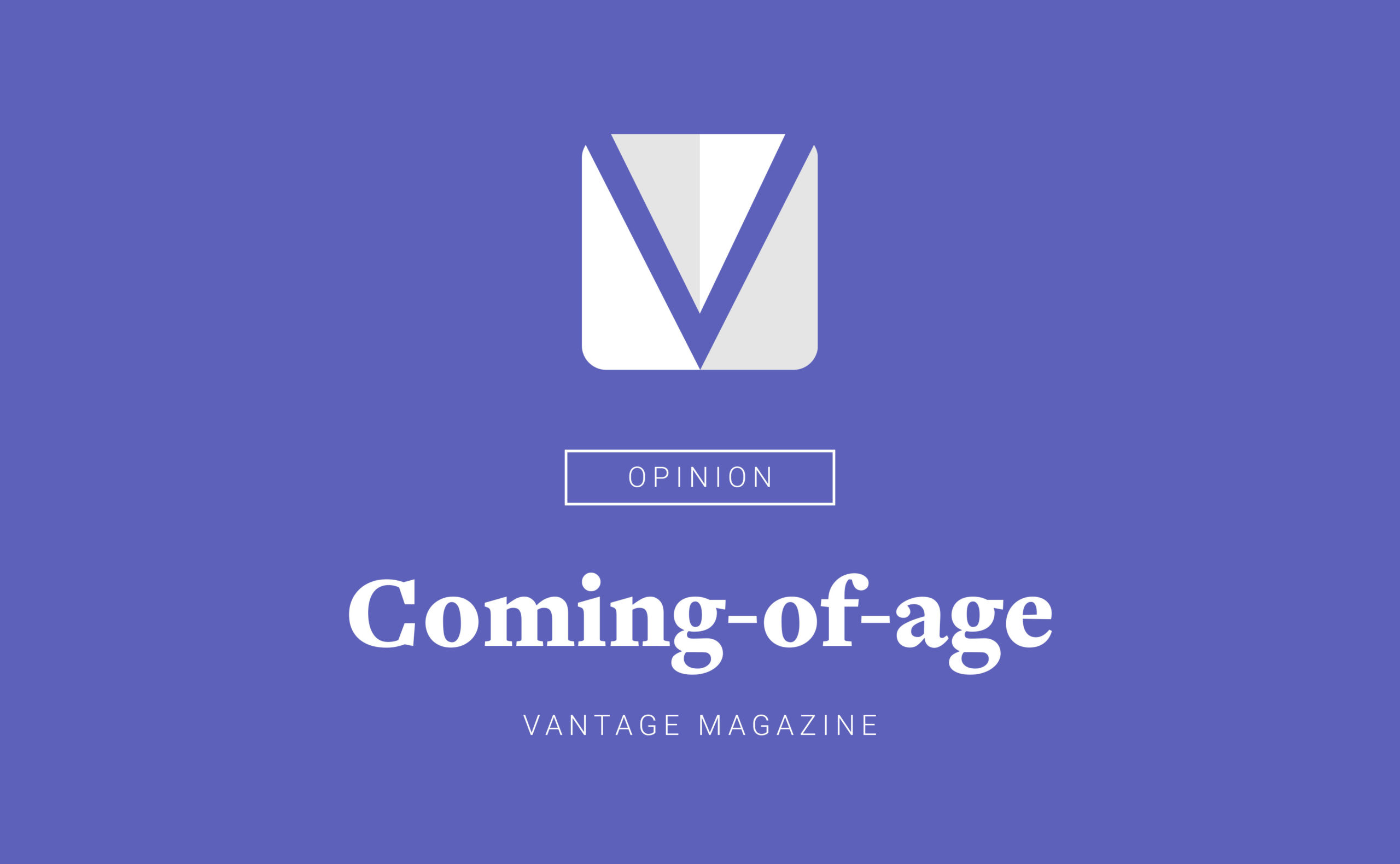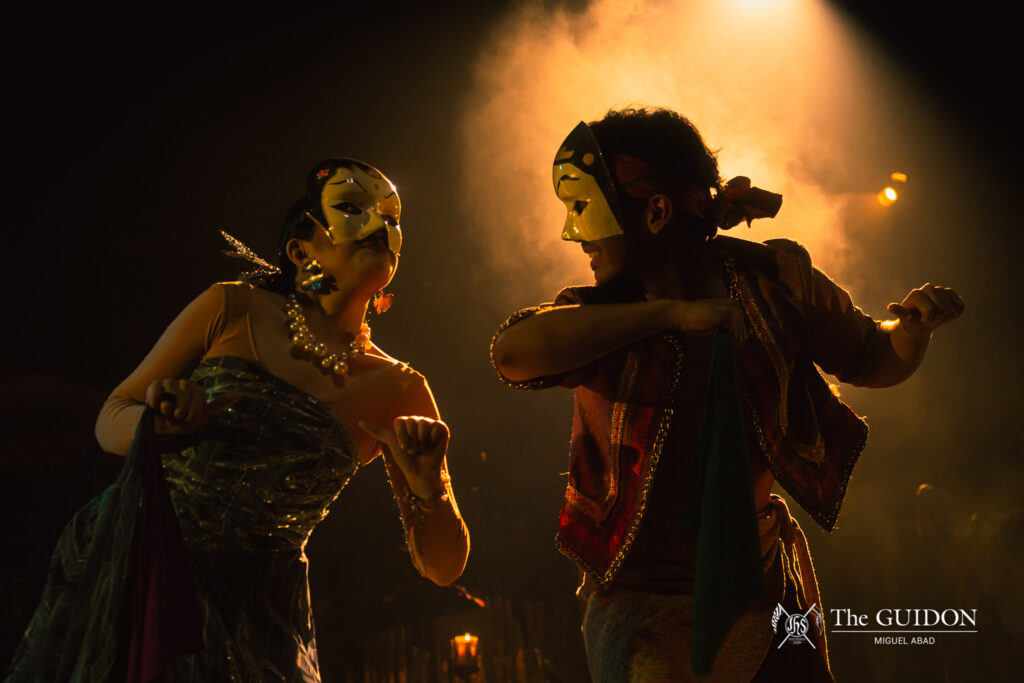Coming-of-age is a Vantage column where staffers share their opinions on a specific beat. From in-depth analyses of TV series to miscellaneous musings in music (and everything in between), this monthly column is an avenue to spread and inspire thought-provoking ideas.
In this column, Vantage Magazine Staffer Ryan talks about how a participatory art piece reminded him of why he fell in love with art and museums.
In November of 2020, I met up with a friend to visit Pinto Art Museum in Antipolo, Rizal. At the time, I had just shifted into Art Management and came into the course with the impassioned mission to validate what I knew. Through this, an invisible barrier was erected between myself and art.
We sifted through the galleries, some faster than others. There was no particular process to how we would talk about an artwork, only that each piece merited a unique discussion on form and meaning, with a few jokes along the way. Every now and then, a question came up: “How do these works survive in this weather?” As we stood in the gallery dedicated to the Salingpusa group, humidity raged on as if coming from the tiny suns of “Karnabal.” One of us would feel the sudden urge to grab a brush and clean some of the paintings. Of course, we also took a lot of pictures. In short, a typical yet atypical museum-going experience.
It’s now 2022, and one artwork—if you would even call it that—persistently comes to mind like an invasive thought. Walking down the mezzanine level after enjoying a piece we referred to as “moldy bread” (Lindslee’s “Our Daily Bread”), my friend and I chanced upon an interruption—a fissure in the ground. In the middle of the rubble, a plaque read:
“An Art Tower by John Santos III is being constructed in this space. This artwork is interactive. You are welcome to participate by bringing materials that the artist may use in the construction of the Tower. Thank you.”
Instinctively, I knew that some of the objects were placed there by the artist. It seemed impossible that visitors had the premonition to bring balusters and rusty wired foliage. What they were contributing soon became clear: Trash. Empty bottles, scratch paper, and used tissues wanted to become a part of the tower. I remember thinking that it looked like a glorified dumpsite, followed by the realization that I too discarded trash: An old receipt left in my wallet.
When the pandemic forced the country to delineate the “essential,” I felt hopeless in not knowing how to defend what I was passionate about. Until recently, the tower would do nothing but echo this feeling. It would probe me about why this place existed, and why it had to be kept alive if it was just a mausoleum for objects we had no idea what to do with.
I realize, now, the source of the barrier: The project of “understanding.” Although usually pursued with the best intentions, the project begins with the assumption that an artwork is important because it is a gold mine for meaning. The viewer searches for signs that point to something. If art is an idea, the project is interested in how it can be used.
I recall seeing a painting from afar and already drawing up analyses. The mental fatigue was so sensitizing, I would have rather had coffee at the café. Browsing through my pictures of the visit, I don’t even remember looking at some of the art at all.
It would be irresponsible to leave out the fact that the museums themselves are also accountable for the prioritization of understanding. Education and programming have improved, but the line between imposition and spurring curiosity is difficult to tread. As a self-proclaimed art-lover, I don’t think I can just sit and wait for them to figure it out.
The project is misguided, not incorrect. There is still something valuable in understanding. But as museums reopen, I realize that my present task is to suspend all that. I have to begin with rediscovering the thrill and joy of coming into contact with art that I have lost.
No other place has asked me to think, see, and sense differently as the museum. I forgot about that.
In a world fueled by paranoia, there’s something reparative in looking at these signs of life and thought—of people attempting to deal with their concerns, the times, and the spaces they inhabit. Here, tangents are welcome. Moldy bread, dark rooms, and holes in the ground lead to either the simplest or wildest thoughts.
At first, I looked to the tower as the fate of the museum. Thankfully, that has changed. With every visit, I reconstruct and imagine this dumpsite as the place where I can throw the rubble of the barrier I am slowly breaking down.
Got an idea for an opinion piece you want to share with us? Send your pitch to vantage@theguidon.com using your OBF email and we’ll reply to you within five (5) working days!






